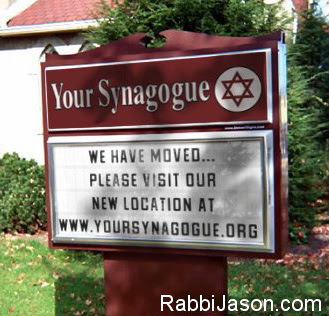Advertising is all around us. It’s become impossible to find an event or location that doesn’t have corporate sponsorship attached to it. Product placement has become the norm in movies and TV shows. And it seems like everyone has an endorsement deal these days.
On Comedy Central’s “The Colbert Report,” host Stephen Colbert begged Apple for an iPad 2 and then become a shill for the company. He also branded his presidential run “Hail to the Cheese: Stephen Colbert Nacho Cheese Doritos 2008 Presidential Campaign Coverage.” After winning a Peabody Award, he thanked Doritos for its support.
NASCAR drivers (and their cars) and pro golfers look like walking billboards. Celebs are seen carrying their Starbucks cup with the label facing the eager paparazzi for free publicity. What’s next, tattoo advertising for NBA basketball players? Yes, in fact a candy company once approached the agent for the Portland Trailblazer’s Rasheed Wallace to inquire about buying space on his flesh. Apparently there was still some open real estate for a billboard on his already heavily tattooed body.
Earlier this year, filmmaker Morgan Spurlock lampooned the burgeoning business of product placement. Spurlock even sold the naming rights to his movie: “Pom Wonderful Presents: The Greatest Movie Ever Sold.” Everything is for sale. You can go to a sporting event in an arena named for a corporation, receive a giveaway sponsored by another corporation and then watch the halftime show generously underwritten by yet another corporation.
It seems like everyone’s a pitchman today. Anyone can hawk a product or drop the name of a corporation for financial gain. But what about clergy? Can religious leaders sell out too? Er, I mean can rabbis and priests get in on this deal? For instance, can rabbis mention a few products in a sermon and get paid for it? Can I insist that the wine used at the wedding ceremony be a specific brand and then make certain the photographer catches me pouring from that bottle? What if rabbis started wearing Nike lapel pins on suits? Or if rabbis let the congregation know that the flowers decorating the pulpit are from 1-800-FLOWERS and were delivered by Fed/Ex. Perhaps before services begin, the rabbi could remind the congregation to please silence their Apple iPhones on the Verizon network. Perhaps a rabbi could even sell space on his blog to a mortgage company?

What got me thinking about these endorsement deals for religious leaders was when I viewed the viral video of Pastor Joe Nelms of Family Baptist Church delivering the invocation at a NASCAR race last week in Tennessee. The pastor wanted to give a prayer that would be remembered so he borrowed from Will Ferrell’s memorable grace before the meal in the movie “Talladega Nights.” In the movie, Will Ferrell gave thanks to the various fast food companies that had provided food for his family’s dinner and then, according to his endorsement deal, he mentioned Powerade.
What people will remember most about Pastor Joe’s prayer are the humorous lines in which he thanked the Almighty for his “smokin’ hot wife and two kids” and then borrowed NASCAR Hall of Famer Darrell Waltrip’s trademark phrase in the closing of his benediction: “In Jesus’ name. Boogity, boogity, boogity. Amen.” However, the Baptist pastor also managed to mention several sponsors of the NASCAR race that night including Dodge, Toyota, and Ford, as well as Sunoco Racing Fuel and Goodyear tires. Pastor Nelms claims he wasn’t compensated for mentioning those companies, but it does raise the question of whether religious leaders are missing a lucrative opportunity.
I’m not the first to think of clergy as pitchmen either. After the death of famous pitchman Billy Mays, there were rumors that Orange Glo International, makers of OxiClean, was interested in hiring Pastor Rick Warren of the Saddleback Church as the new commercial pitchman for their well-known laundry stain remover.
Maybe these clergy endorsement deals are already taking place. Rabbi Shmuley Boteach, writing in the Huffington Post today about his eldest daughter’s upcoming wedding, managed to drop the name of both the caterer and country club where his daughter’s wedding will take place. Was there a behind-the-scenes deal in which promises of a mention on HuffPo would translate into discounted fees for the wedding reception hall and catering? Who knows. He just might be on to something.
Maybe, next time at the end of services when a rabbi announces where the next congregational book club meeting will take place, he’ll consider appending his announcement like this:
“Please join us on Sunday afternoon for our monthly book club discussion. We will discuss a new book published by HarperCollins, which is available for purchase on Amazon.com. We’ll enjoy Snyders of Hanover pretzels and drink icy cold soft drinks from the Coca Cola Company. The book club will take place at the Feldmans’ new home, which they recently purchased with a shockingly low rate mortgage from Quicken Loans.”
(c) Rabbi Jason Miller | http://blog.rabbijason.com | Twitter: @RabbiJason | facebook.com/rabbijasonmiller


